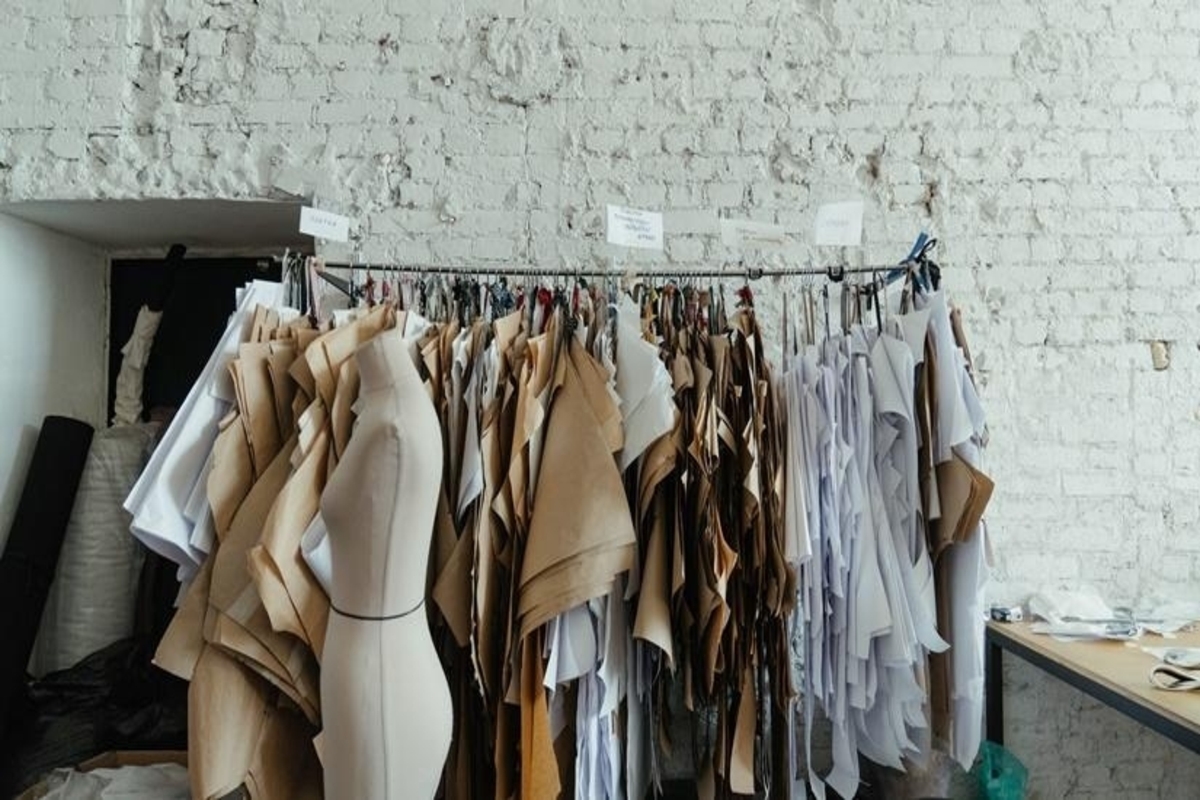Choosing the right clothes is more than just a matter of aesthetics; it’s an expression of your identity, a reflection of your lifestyle, and a way to boost your confidence. However, with the plethora of options available in today’s fashion landscape, selecting garments that truly suit you can be a daunting task. This guide aims to provide you with a structured approach to curating a wardrobe that complements your unique body type, personal style, and lifestyle needs.
Understanding Your Body Type
The first step in choosing clothes that suit you is to understand your body type. Clothing should enhance your natural shape rather than hide it. Here are the primary body types and tips for dressing each:
- Hourglass: Characterized by a well-defined waist and balanced proportions between the bust and hips. Opt for fitted clothing that accentuates your waist, such as wrap dresses and tailored blazers.
- Pear: This body type features wider hips compared to the bust. A-line skirts, structured tops, and statement necklaces can draw attention upwards while balancing your silhouette.
- Apple: With a fuller midsection and narrower hips, apple-shaped individuals should focus on elongating the torso. Look for empire waist dresses, V-necklines, and straight-leg pants to create a streamlined appearance.
- Rectangle: This body type has a straight silhouette with little definition at the waist. To create curves, opt for peplum tops, layered outfits, and belted dresses that add shape.
- Inverted Triangle: Characterized by broader shoulders and a narrower waist and hips. Balance your proportions with flared skirts, wide-leg pants, and softer fabrics on top to soften the shoulder line.
Identifying Your Personal Style
Once you understand your body type, the next step is to identify your personal style. This can be influenced by various factors, including your lifestyle, profession, and personal preferences. Here are some common styles to consider:
- Classic: Timeless pieces that never go out of fashion, such as tailored blazers, pencil skirts, and simple blouses. This style is perfect for professional settings.
- Bohemian: Characterized by flowy fabrics, earthy tones, and eclectic patterns. Ideal for those who appreciate a relaxed and artistic vibe.
- Athleisure: A blend of athletic and leisurewear, perfect for those who prioritize comfort without sacrificing style. Look for stylish leggings, oversized hoodies, and chic sneakers.
- Edgy: Incorporates bold colors, leather jackets, and statement accessories. This style is for those who want to make a strong fashion statement.
- Minimalist: Focuses on simplicity and functionality, with a neutral color palette and clean lines. Ideal for those who prefer a clutter-free aesthetic.
Color Theory and Skin Tone
Understanding color theory is crucial in selecting clothes that enhance your appearance. Your skin tone plays a significant role in determining which colors will complement you.
- Warm Undertones: If your skin has a golden or peachy hue, opt for earthy colors like oranges, browns, and warm reds.
- Cool Undertones: If your skin has a pink or blue hue, look for jewel tones like emerald green, sapphire blue, and cool grays.
- Neutral Undertones: If you have a mix of both warm and cool undertones, you can wear a wide range of colors, including both warm and cool palettes.
Fabric and Fit
The fabric and fit of your clothing can significantly impact your overall look and comfort. Here are some tips to consider:
- Fabric: Choose fabrics that suit your lifestyle. For instance, breathable cotton is ideal for casual wear, while luxurious silk or wool is better suited for formal occasions.
- Fit: Ensure that your clothes fit well. Ill-fitting garments can detract from your appearance, regardless of their style. Invest in tailoring for pieces that require adjustments.
Building a Versatile Wardrobe
A well-curated wardrobe should be versatile and functional. Here are some essential pieces to consider:
- The Little Black Dress: A timeless staple that can be dressed up or down for various occasions.
- Tailored Blazer: Perfect for professional settings and can elevate any outfit.
- Classic White Shirt: A versatile piece that can be paired with jeans, skirts, or tailored trousers.
- Quality Denim: Invest in a pair of well-fitting jeans that flatter your body type.
- Comfortable Footwear: Choose shoes that are both stylish and comfortable, as they can make or break an outfit.
Conclusion
Choosing clothes that suit you is an art that combines understanding your body type, identifying your personal style, and selecting the right colors, fabrics, and fits. By following these guidelines, you can curate a wardrobe that not only enhances your appearance but also reflects your individuality and boosts your confidence. Remember, fashion is not just about following trends; it’s about expressing who you are. Embrace your unique style and wear it with pride!
